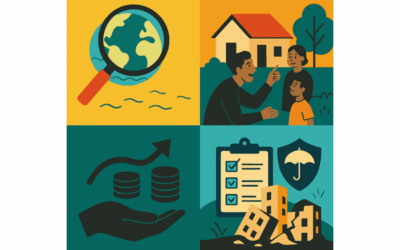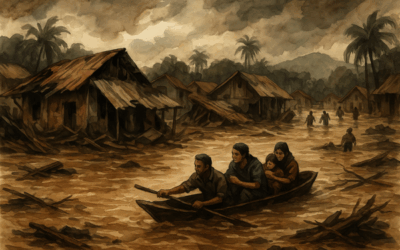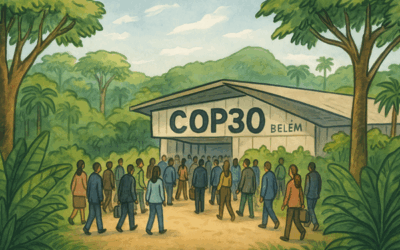The DKKV is…
German Committee for Disaster Reduction e.V. (ger.: Deutsches Komitee Katastrophenvorsorge e.V.)
Newsblog
Call for Abstracts: Impact-based Forecasting and Early Action at EGU 2026
How can we move from traditional hazard forecasts toward impact-based, user-oriented predictions that truly enable early and effective action?The EGU General Assembly 2026 will address this in the session HS4.5 – “Impact-based forecasting, early warning and early...
New UNDRR STrategy for 2026-2030
The United Nations Office for Disaster Risk Reduction (UNDRR) has presented its new Strategic Framework for the years 2026 to 2030. The aim of the document is to significantly accelerate the implementation of the Sendai Framework in its final five years. The new...
Severe flooding and landslides in South and Southeast Asia
Cyclone Ditwah brought heavy rainfall to South and Southeast Asia [2,4]. Indonesia, Sri Lanka, and Thailand were particularly affected, with the death toll now exceeding 900 [4]. On the Indonesian island of Sumatra, days of exceptionally heavy rainfall have also led...
COP30 in BEléM
COP30 in Belém has come to an end. Dr. Friedrich Bohn, environmental systems analyst and representative of the DKKV, accompanied the negotiations on site and provides insights into the key outcomes. While discussions were extensive, a decisive breakthrough did not...
Follow us





What is disaster risk reduction?
Storms, natural hazards and extreme events can quickly become a danger to people and the environment. But climate change, extreme urbanization, power outages and fires also offer potential hazards.
A disaster occurs when the functioning of a community or society is impaired or interrupted and, as a result, high human, material, economic and ecological losses occur that cannot be managed alone.
Precautionary measures can help to reduce the consequences and impact of the disaster. Depending on the hazard and personal circumstances, the precautionary measures to be taken may vary.
Find out more about potential hazards and individual precautionary measures on our topic pages.





